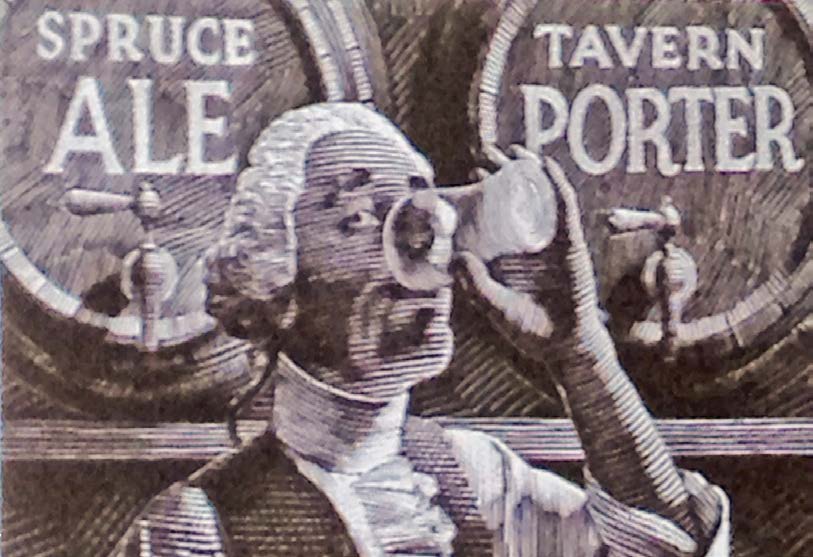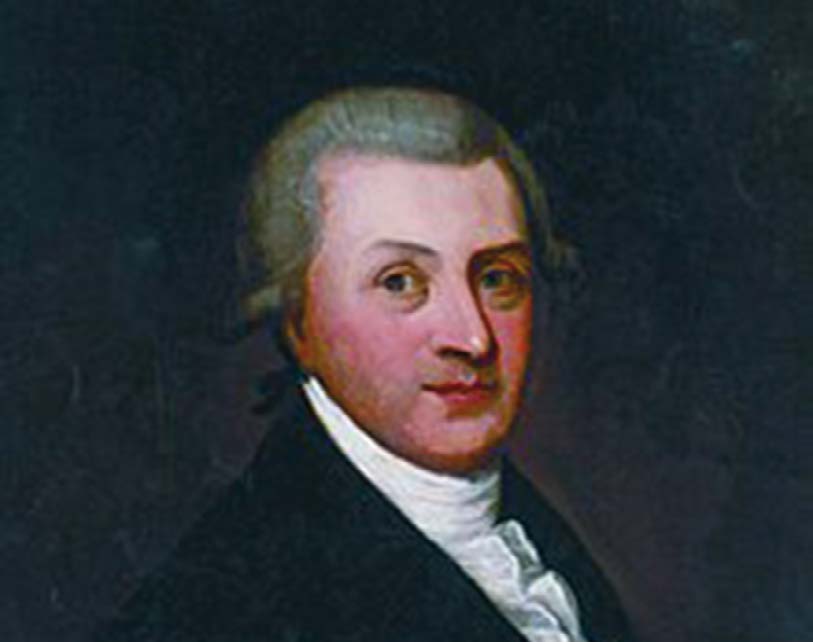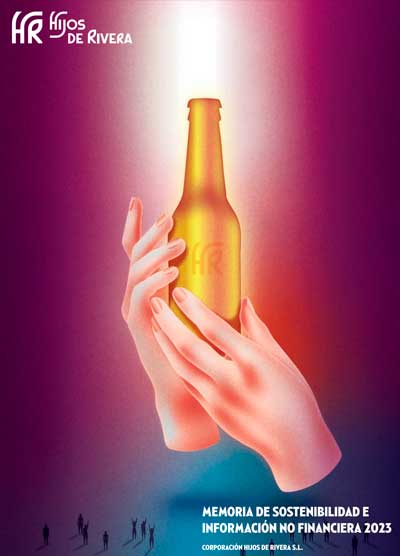In this article, we are going to follow the historical path of two styles of beer that maintain a close and long-lasting relationship: Porter and Stout. Classic black beers with a history full of evolution and legends. The perfect example to understand how, in the world of beer, everything is subject to change.
To begin the journey, we’ll start with the Porters. Most of the publications indicate that these beers emerged on the streets of London in the eighteenth century with the aim of satisfying the body and spirit of the porters in the city´s port, which was a very large group that consumed large amounts of beer. The innkeepers of the time saw in them the perfect client.
This version, although not entirely wrong, is too simple. Its origin was a little more complex, linked to social, technical and economic factors. The first was the growth of the city of London where, at the end of the 18th Century, thousands of workers arrived from rural England eager to consume beer at an affordable price. The second was the need to simplify the method of dispensing the pints of the time, which arose from the mixture of beers from three different barrels. The third is linked to the economic interests and profitability of the innkeepers and brewers of that time. In the midst of this situation, different names emerge (the most cited are Ralph and James Harwood) who responded to all these factors, beginning to develop the first Porter with aromas and flavours very different from those of today. These were beers in which Brown malt predominated, which matured in oak deposits and which were cheaper than others of the time.
Slowly, Porter beers became increasingly popular and reached all corners of England. It was the height of the Industrial Revolution. With it come key technological improvements in the evolution of this style, highlighting the emergence of equipment that allowed the development of new malts (with consequent changes in recipes). The tastes of consumers also changed. These and other factors meant that, at the beginning of the nineteenth century, London brewers begin to develop stronger, more robust Porters, whose recipes include the new malts. These beers begin to be known as Porter Stout. They represent the first step in the birth of a new style since they are the beginning of the evolution of the Porter towards the future Stout.
In the second half of the nineteenth century, the sensory differences between Porter and Stout intensified. The latter were not only more robust, but also less toasted and sweeter. While the popularity of the Porters declined, the taste Ireland played an important role in this success with a key name in this story: Guinness. This brewery was founded by Arthur Guinness in 1759 in the city of Dublin, which was initially dedicated to the development of Porter beers, later developing the recipe for classic Irish Stout.
After the First World War, the Porters stopped being made and became a “residual” style. Stout became king, thanks to, among other things, the success of the beers made by Guinness that could be found anywhere in the world. This great success allowed different varieties to become popular in pubs: Oatmeal Stout, Sweet Stout, Imperial Stout…
In the seventies and eighties, a resurgence of Porters began thanks to the work of the CAMRA (Campaign for Real Ale) in the United Kingdom and the recovery of styles linked to the North American craft movement. These Porters have nothing to do with those of from the eighteenth century: they are beers adapted to current taste.
Nowadays both styles are very popular, but it is very difficult to establish evident differences between a Porter and contemporary Stout. That original difference based on strength no longer exists, as we can see in examples of beers labelled Porters that have more body than others labelled as Stout. The differentiation is more linked to the values of history and tradition that the brewer wants to highlight than the sensory properties of beer.
In points 17, 18 and 19 of the Beer Judge Certification Program (BJCP), there is an extensive list of different Porter and Stout varieties. Among them are Irish Stouts. O’Hara’s Irish Stout produced by our colleagues at the Carlow Brewing Company, and present in our portfolio, is a clear representative of these Irish stouts.
Enjoy beer, and see you in the next article!





